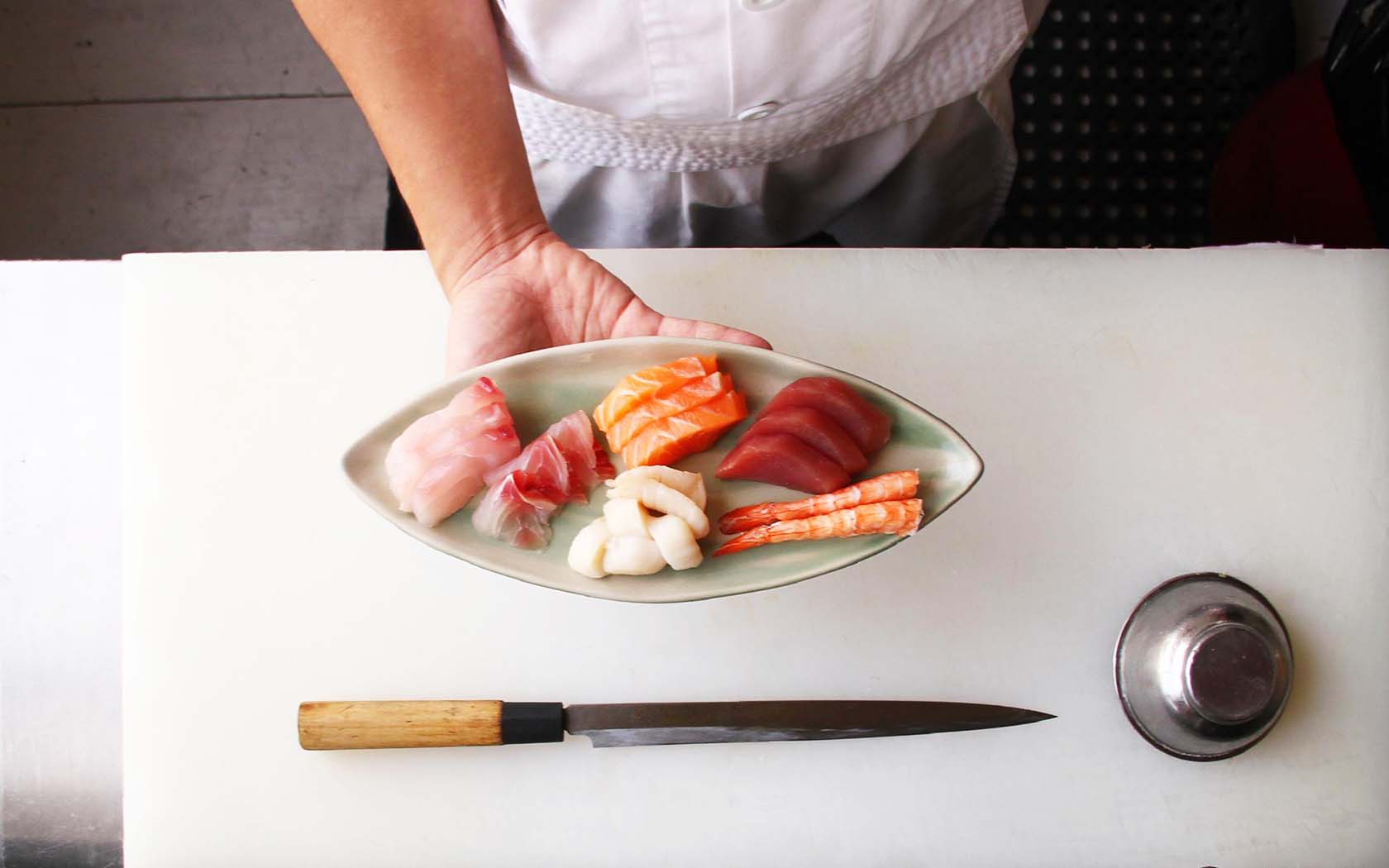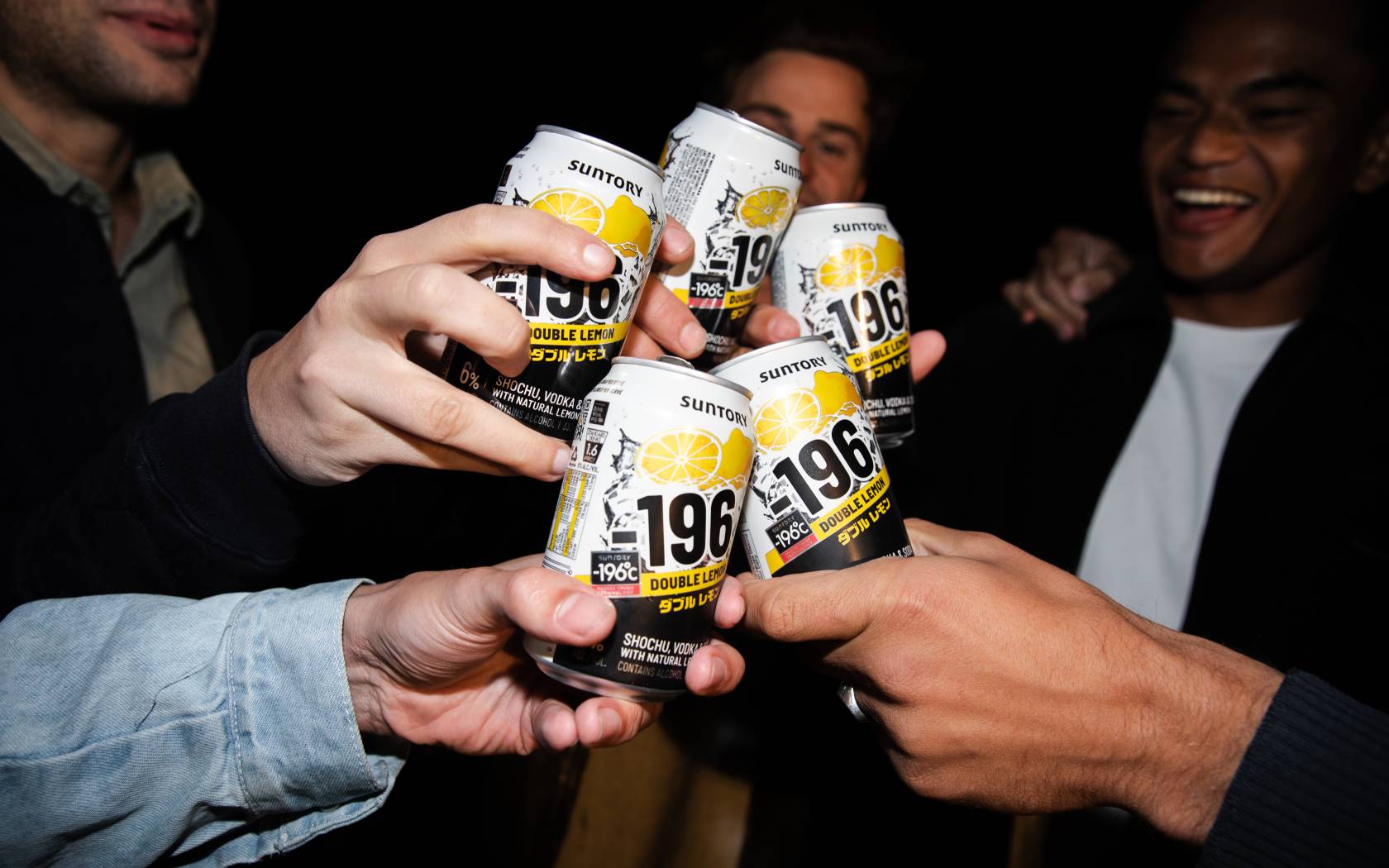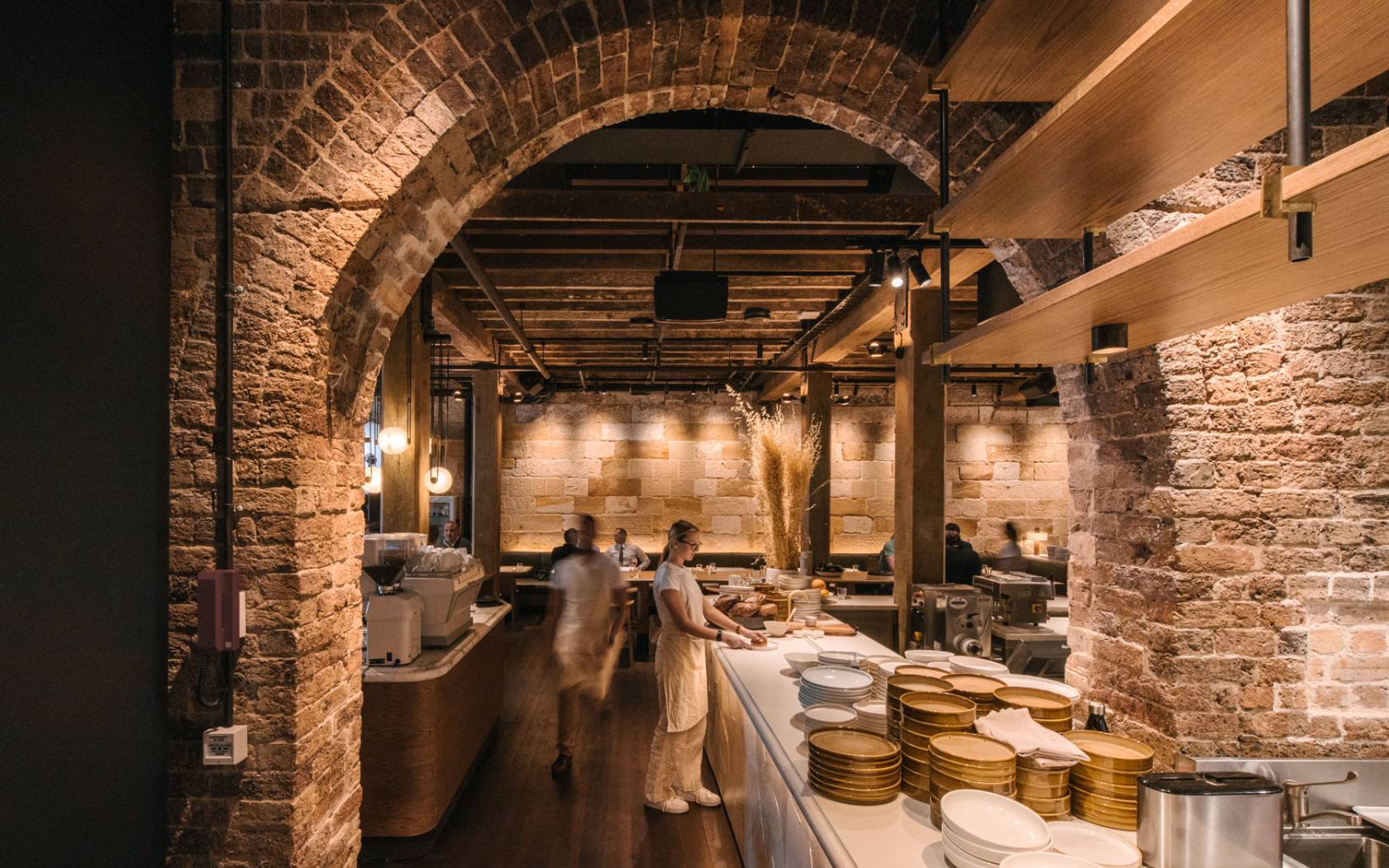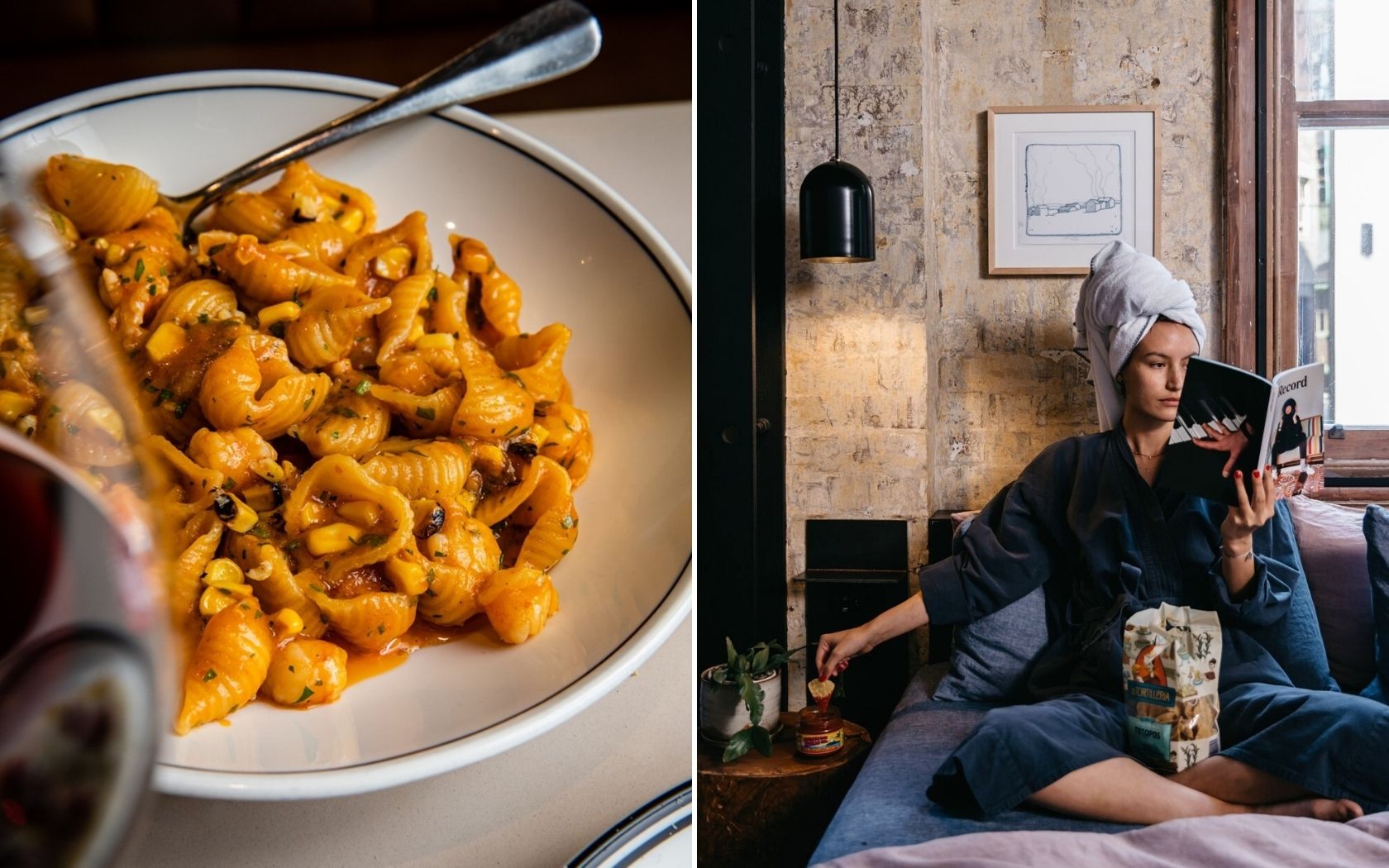Everything You Need To Know About Eating In Lima, Peru’s Culinary Capital

Morag is a freelance food and travel writer, and academic…
From internationally acclaimed restaurants to cheap-as-chips street food, there are few countries with a delicious and diverse culinary tradition as Peru.
World Class
In Lima, the nation’s capital, you can cross off two of the top ten on the list of the World’s 50 Best Restaurants in one fell swoop (and be very pleasantly surprised by the bill).
You’ve swooned over the man and his creations on Netflix’s Chef’s Table, but nothing compares to watching Virgilio Martinez at work in the kitchen. At Central, Martinez’s 17-course Elevations menu is an incredible journey through the country’s complex ecosystems. The altitude of each dish is listed for reference, from molluscs from 10m under the sea to a dish of alpaca and potato from 3500m above sea level in the Andes.

Around the corner, like the cuisine itself, Lima-born Mitsuharu Tsumara reflects the multicultural nature of contemporary Peru. His restaurant, Maido, unites Japanese and Peruvian ingredients and techniques in a cuisine known as Nikkei.
Both cultures have a near-religious devotion to fresh fish and, even if you’re a fan of both cuisines, you’ve never had dishes quite like those on the 15-course tasting menu: squid-ink dim sum stuffed with sea snail, served on potato puree, or a miniature chorizo-style squid sausage served in a tiny hot-dog bun, with potato crisps and choripan (Japanese mustard).

Across town, Gaston Acurio is renowned for putting Peruvian food on the map, with 40 restaurants in 12 countries. Set in a 300-year-old hacienda, Astrid and Gaston‘s menu is a tapestry of Peruvian cuisine’s cultural influences, like the Incas, Spanish, African, Chinese, Japanese and Italian. Pecan pesto and Andean cheese takes the house-made tortellini to the next level.

Street eats
Peruvians love their barbecue, the tantalising aroma of grilled meat filling the air as the sun sets and vendors set up stalls around town squares and on city street corners.
Anticuchos, for example, is just a fancy word for meat-on-a-stick (often with potato). Traditionally, it was beef heart, but now you’ll find all kinds of meat, chicken and seafood, marinated in smoky chilli, salt, cumin and garlic or perhaps red wine vinegar, and peppers. If you’re lucky, it’ll come with aji sauce (made from sweet, mild yellow chillis).

Tamales are little corn dumplings are stuffed with meat, chicken, olives, egg or vegetables, wrapped in corn leaves and steamed, making them the perfect snack on the go.
For dessert, there’s picarones. They might look like small, fried doughnuts – crisp and golden on the outside, soft and light on the inside and drizzled with spiced cane-sugar syrup – but they’re actually made from vegetables (pumpkin, sweet potato or squash) so they must be good for you, right?
Top Tipples
There’s a long-running debate about whether pisco originated in Peru or neighbouring Chile, but Peruvians are fiercely proud of their brandy – and rightly so. Sample it neat, or in the ubiquitous pisco sour – a deliciously zingy and refreshing cocktail with lime and bitters topped with a frothy egg-white foam.

You’ll find a surprisingly good range of locally made craft beers in bars and restaurants in the more populous cities and towns of Peru, but you can’t visit Peru without sampling the traditional corn-fermented beer known as chicha.
It’s widely available in restaurants, but if you want the real deal, look for a little red flag flying above any doorway in any small town. It looks like beer, but has a more sour flavour, and shouldn’t be confused with chicha morada, a pretty-coloured non-alcoholic version made from purple corn and infused with cinnamon, cloves and sometimes fruit.
How The Locals Like It
The Incas believed that cooking food underground offered respect to Pachamama, or Mother Earth, as the food is returned to the earth before being eaten. In Incan times it was a celebration usually reserved for special occasions, but plenty of restaurants and hotels offer this experience, especially in Cusco.
The Andean tradition involves a feast cooked in a pit in the ground using red-hot volcanic rocks. Layers of marinated meat – it may be beef, pork, lamb, guinea pig or chicken – are usually layered between the rocks along with potatoes, fava beans and giant Andean corn on the cob. As the meat cooks, it imbues the surrounding vegetables with the flavours of the marinade, which mingles with the smoky aroma from the rocks.
Morag Kobez was a guest of Inkaterra Hotels.
[qantas_widget code=LIM]Check out Qantas flights to Lima.[/qantas_widget]
(Lead image: Maido Lima / Facebook)
Morag is a freelance food and travel writer, and academic in Media, Entertainment and Creative Arts at QUT. Her doctoral thesis explores the role of traditional food critics, food bloggers and user-generated restaurant reviews. See what she's eating on Instagram @moragkobez








